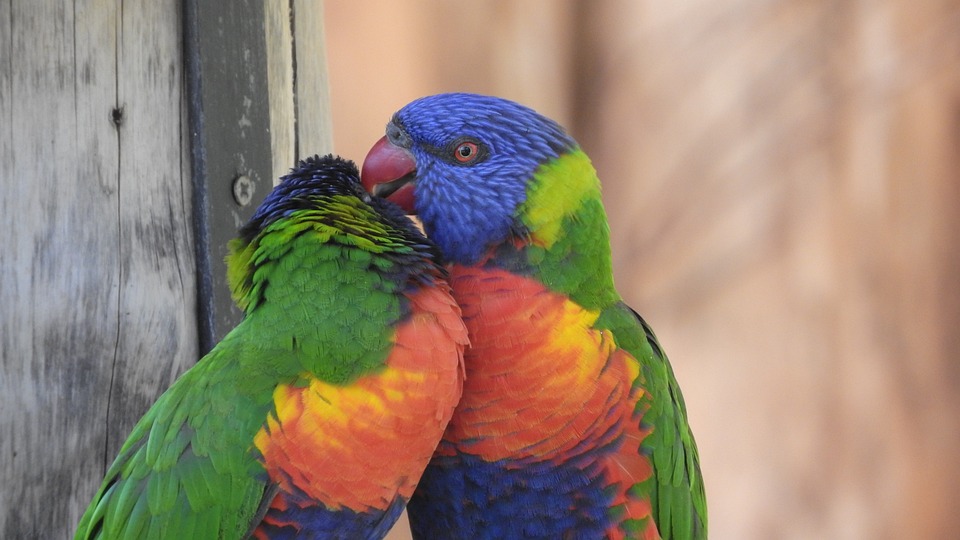Parrots are known for their vibrant colors, intelligence, and engaging personalities. One aspect of their behavior that is both entertaining and vital for their well-being is play behavior. By understanding why parrots engage in play and how it impacts their overall health, we can provide them with a fulfilling and enriched environment. In this article, we will explore the importance of understanding parrot play behavior and provide insights into common questions about this fascinating aspect of their lives.
Play behavior is not exclusive to humans; animals, including parrots, also engage in various forms of play. Play behavior serves multiple purposes, including the development of physical and cognitive skills, socialization, and emotional well-being. By recognizing and encouraging play behavior in our parrots, we can enhance their quality of life and strengthen the bond we share with them.
Parrot play behavior can manifest in different forms, each serving a specific purpose. Understanding these types of play behavior can help us cater to our parrot’s needs more effectively.
Physical play involves activities that allow parrots to exercise their bodies and fine-tune their motor skills. Examples include climbing, swinging, and engaging in acrobatic movements.
Social play involves interaction between parrots or between parrots and their human companions. This can include games of chase, roughhousing, or engaging in playful vocalizations.
Object play refers to the use of toys, objects, or other items for entertainment. Parrots may enjoy manipulating objects, solving puzzles, or exploring new textures and shapes.
Vocal play involves the use of vocalizations, mimicking sounds, or engaging in playful conversations. Parrots may imitate human speech, whistle tunes, or create their unique sounds during vocal play.
Parrot play behavior offers numerous benefits that contribute to their overall well-being. Play behavior stimulates a parrot’s mind, providing them with mental challenges and preventing boredom. This mental stimulation helps prevent behavioral issues associated with boredom or frustration. Physical play behavior allows parrots to exercise their muscles, maintaining their physical health and preventing obesity. Regular physical activity is crucial for parrots to stay active and agile. Play behavior also provides parrots with an outlet for expressing emotions and releasing stress. Engaging in playful activities helps alleviate anxiety and promotes a positive emotional state. Additionally, play behavior strengthens the bond between parrots and their human companions. Engaging in play together fosters trust, enhances communication, and deepens the sense of companionship.
To encourage play behavior in your parrot, provide a stimulating environment with a variety of toys, objects, and opportunities for social interaction. Observe your parrot’s preferences and provide toys that cater to their interests. Parrots enjoy a variety of toys and activities, such as puzzle toys, foraging toys, swings, ladders, and toys with different textures and shapes. Experiment with different options to find what your parrot enjoys the most. Safety is paramount when selecting toys for parrots. Ensure toys are made from non-toxic materials, avoid small parts that can be swallowed, and regularly inspect toys for wear and tear. Remove any damaged toys promptly to prevent accidents.
Parrots enjoy interactive play with their human companions. Games like fetch, teaching tricks, or engaging in vocal play can be immensely enjoyable for both parrots and their owners.
Understanding parrot play behavior is crucial for providing our feathered friends with an enriched and stimulating environment. By recognizing the different types of play behavior, understanding its benefits, and addressing common questions, we can ensure our parrots lead fulfilling and happy lives. So, let the play begin, and watch your parrot flourish in their playful pursuits!









